As mentioned in my previous post “Changing Consumer Behaviour” there has been an acceleration in the adoption of digital innovations –“Decade in Days”. What that means is new technology and trends that would have normally taken years to enter the market have now been accepted en masse.
Technology continues to develop, markets continue to evolve and terms such as digital marketing & social media marketing get thrown around. Every platform be it Facebook, Shopify, or LinkedIn, boasts of its business generating ability. This can leave brands a bit confused as to which is the best way to reach their target audience while getting the right return on investment.
3 Approaches to Customer Engagement
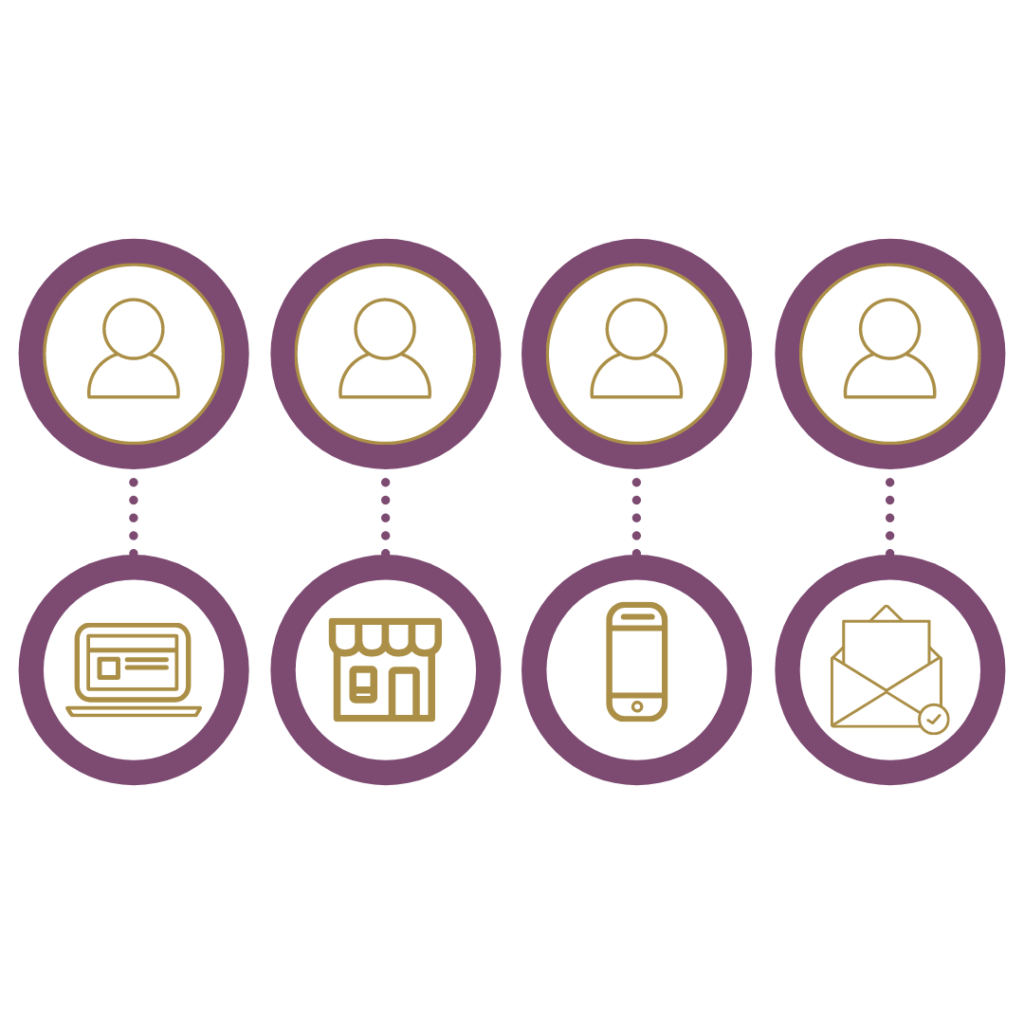
This offers a brand multiple ways of talking to their customers. Content is shared across multiple touch points including websites, apps, social media & email. However, it is a fragmented approach as the channels don’t intersect & the message is not necessarily seamless or consistent.
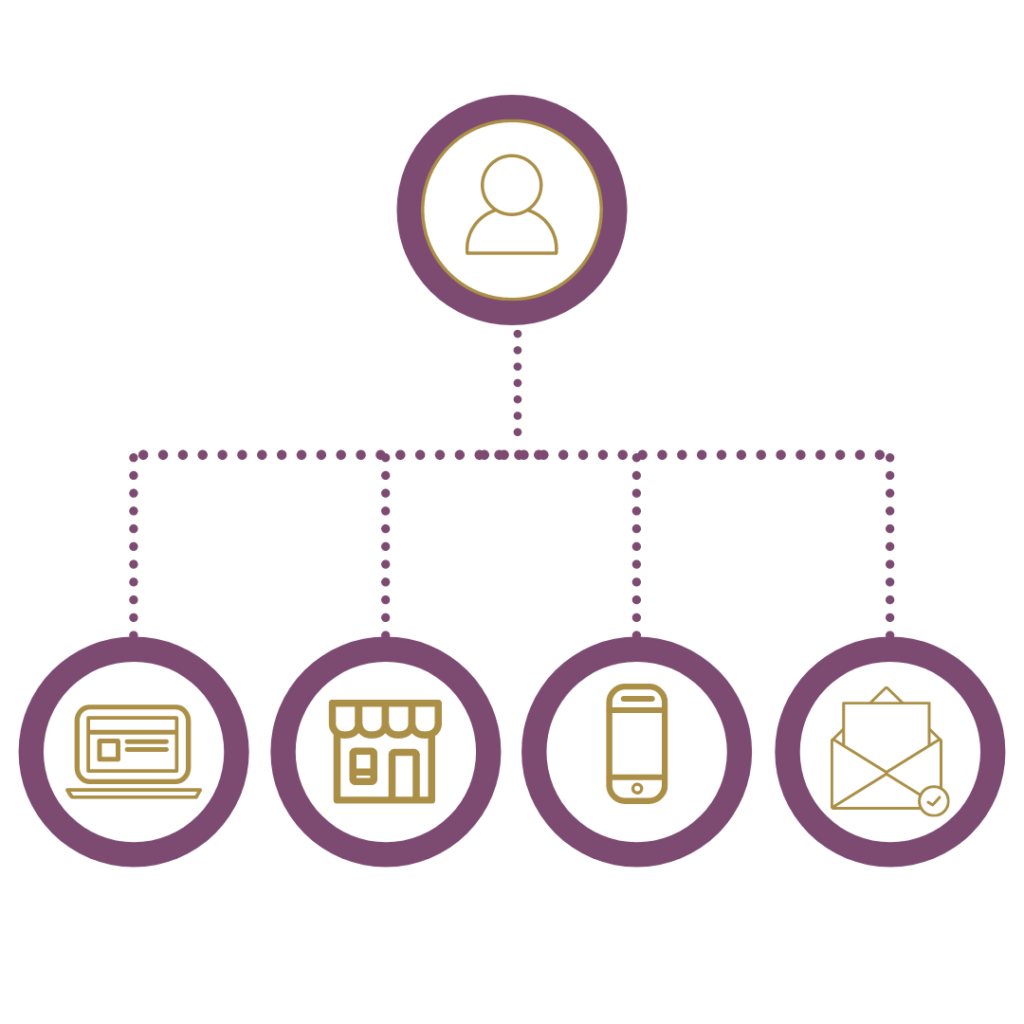
Cross-channel communication is a little more unified, & allows customers to see multiple touch-points as part of the same brand with a singular message. The mistake that brand make is operating & optimizing channels as an independent silo and ignoring the overall customer experience.

The key feature of Omni-channel communications is integration. Essentially, it is giving your customers the ability to seamlessly switch between channels. In turn, it also allows the brand to have a ‘single view’ of the customer and offer personalized service that is a cut above.
How does Omni-Channel Communication work
The Omni-channel experience allows the service team to follow a customer conversation wherever it goes. For example, your customer can begin by viewing your product on Instagram which can be followed by a chat session on WhatsApp to answer queries, and then that chat can roll into a website or instore purchase.
This approach takes into account the customer’s & employees’ perspectives as well. It connects the online & offline experience leading to higher customer retention & recommendations.
Studies show that the demand for an Omni-channel customer experience will be amplified by the growing impact of online research on in-store purchases and the need for nearly perfect execution across channels.
Forbes carried out two revealing studies regarding the same. One has shown that 81% of shoppers check the internet before going to the store to buy and another concludes that 82% check their phones on purchases they are about to make in-store.
Similarly, Harvard Business Review of more than 46,000 shoppers has shown that:

Another study showed that those who have a strong omni-channel customer engagement retain an average of 89% of their customers, compared to 33% of those with weak or no omni-channel customer engagement.
It is also worth noting that marketing teams that use three or more channels in their omni-channel marketing campaigns enjoy both a purchase and engagement rate that is 250% higher than those utilizing only a single channel.
Examples of Successful Omni-Channel Integration

Pepperfry
Pepperfry is currently one of India’s most popular home furnishings e-retailer. In 2017 they went the omni-channel way by pairing its online store with an immersive in-person experience.
Customers can browse for products online & on their app and then travel to “Studio Pepperfry” to see the same in person. They even have the option of meeting with a design consultant who gives them décor advice and makes suggestions. Customers then have the option to pick up their purchases in-store or place the order on-line.
The studios have not only built an enjoyable customer experience but also reduced friction between customers and salespeople as visitors don’t feel pressured to make an in-store purchase. They have seamlessly bridged the gap between offline & online and the company reports that 10-15% of its sales come from these studio locations.
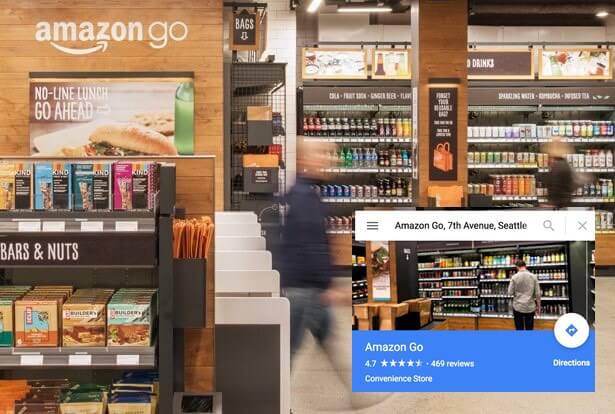
Amazon
Amazon’s stated mission is to be “Earth’s most customer-centric company”, and they adapted brilliantly to integrate channels as they become relevant. Their two key focuses are:
First, the customer experience. Amazon uses data to create a personalized, responsive interaction across every channel. Not only do customers have access to their profile via the Amazon website, but they also have access to this same information via the mobile app, Alexa devices, and in some locations even in-stores.
Second, they focus on integrating their channels in the backend. This goes beyond inventory and central fulfillment. It includes connecting customer data and fulfilling customer’s wants in whichever channel they prefer. Need a repeat purchase or something added to your shopping list? Easy—simply add it via your smartphone or instruct your Alexa device to add the item to your shopping list for you.
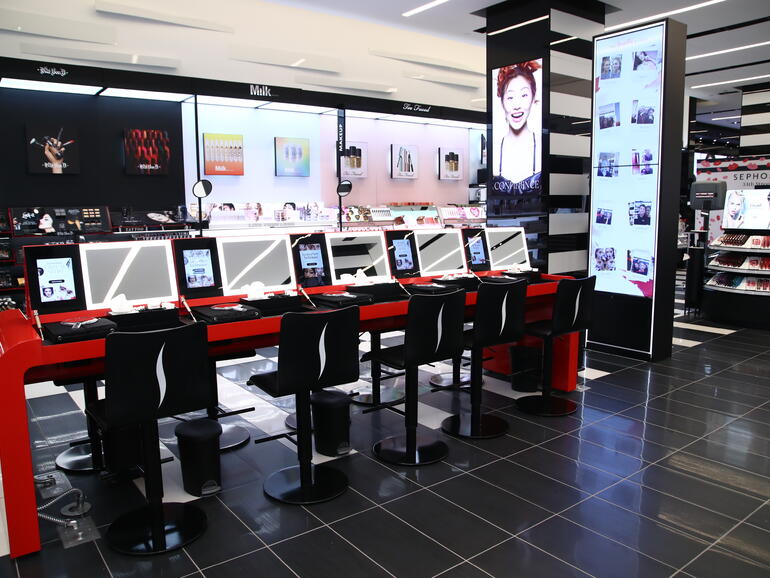
Sephora
Brick-and-mortar stores are monumentally important to Sephora, in part because they are where 3/4 of customers transact for the first time. They also provide the brand with valuable data it can’t capture online, improving personalization in the future.
The in-store experience is heavily supported by technology. Sephora’s mobile app uses location-based marketing to recognize when a consumer enters their store and serve up relevant information from a store map to deals. Make-up artists use iPads and other mobile devices with clients to showcase hundreds of different shades and styles. There’s an augmented reality fitting room, as well as Color IQ, which scans customers’ skin to match it with the right foundation — a huge pain point for beauty shoppers. Their mobile app is also a premier destination for all things beauty – from new products, video tutorials, and all the latest and greatest news and trends.
A couple of years ago Sephora went one step further, by merging its digital and physical retail teams. That way, the digital team was focused on overall sales, rather than prioritizing e-commerce. This also helped to overcome the impact of online returns on individual stores, as evidenced by Sephora’s strong return-to-exchange ratio.



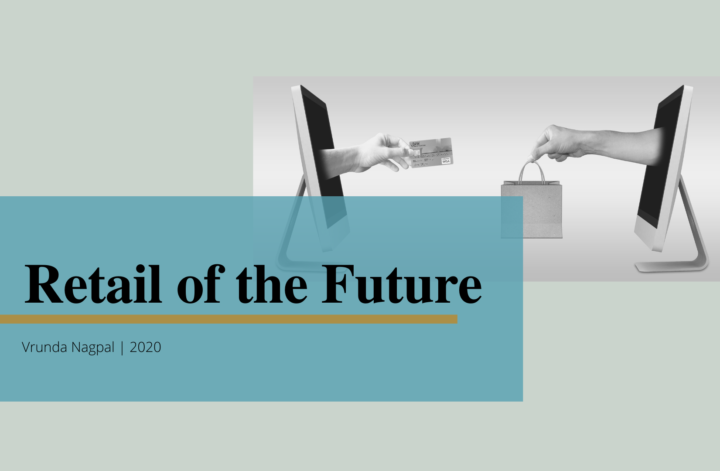

1 Comment